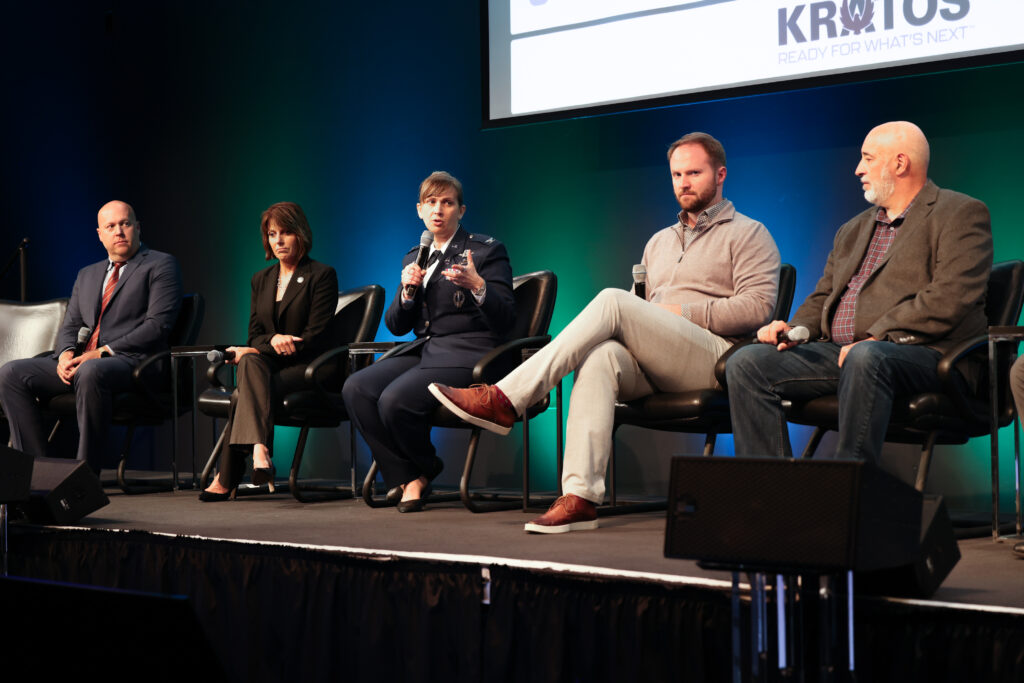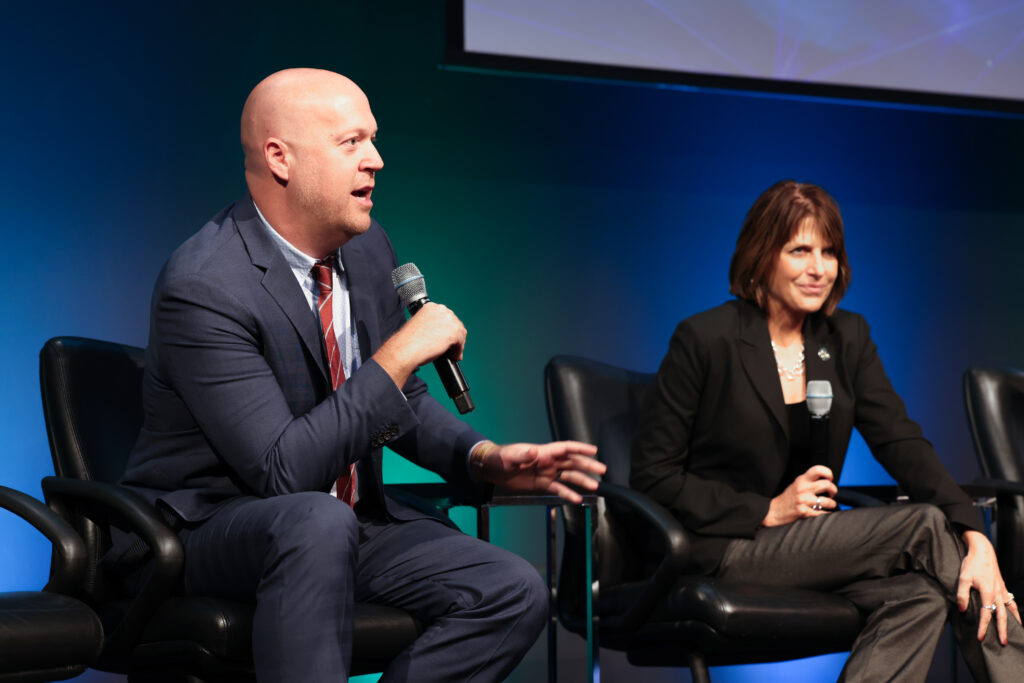By Chris Forrester

Many of the MilSat Symposium sessions within the Silicon Valley Space Week have talked about Artificial Intelligence (AI) and its impact on the space industry generally. A complete panel session was devoted to AI on October 23, and moderated by Dr Eric Anderson, President, And One Technologies.
Dr Anderson asked whether ChatGPT and other large language models was making life easier. Col. Heather Bogstie, Deputy, Space Systems Integration Office (BZ), US Space Force – Space Systems Command, responded saying that the large language models needed to be wholly trusted and more could be used in mission operations, acquisitions and everyday tasks. AI was helping us understand missile warning data, and other battle space purposes so that the operators had a better picture as to what was happening. She added that not everything was perfect in using AI and the industry needed to be smart about using AI, not least how much time and money was spent on setting up the AI tasks. “However, I am not sure that AI is ready to be used on a mission critical task, such as an incoming missile. The algorithms should be OK for a benign task, but humans must be in the loop for critical aspects,” she stated.
Dr Brian Barritt, CTO, Aalyria, gave examples and praised AI’s ability to help his company respond to government solicitations and to reply in language that the potential contract was using. He added that there was a role for AI, and talked about how multi-beam satellites and their millions of permutations on the use of spot beams. On-board satellite processing was also frequently subject to highly limited backhaul and capacity restrictions or simply bad weather. Building a feeder link to where an optical land station was unobstructed could be hugely benefited by AI.

Evan Rogers, Co-founder/CEO, True Anomaly, said there was a key advantage of AI in reducing human operator workload and speedily interpreting changes. However, he suggested that if using AI the technology needed to be guided as to what mattered and what not mattered.
Maj. Gen. (Rtd) Kim Crider, Founding Partner, Elara Nova, said there were many examples of AI use in space and where large volumes of data and interaction was needed. AI can help interpret complexity and it was being used in probing and sensing jamming attacks and other aspects of electronic warfare. She told delegates that the overall goal was to help the mission, and key to this was where the human was very much in the loop and where the human then made the decision.
Col. (Rtd) Todd Brost, Director of Business Development (Dept of Defense), Slingshot Aerospace, used AI on its collection of telescopes and AI helped with a DARPA contract on identification tasks, and mega-constellations and how a satellite might have a different payload or capability. He asked what had been missed before, and it was important that every mission learnt from its previous experiences and AI was part of that learning.
